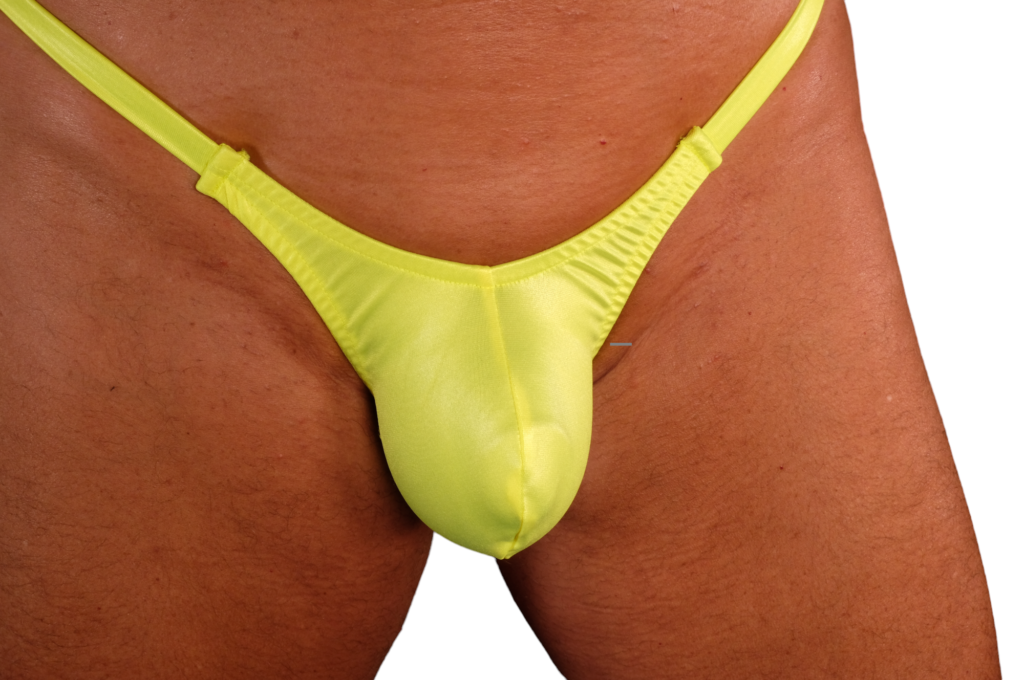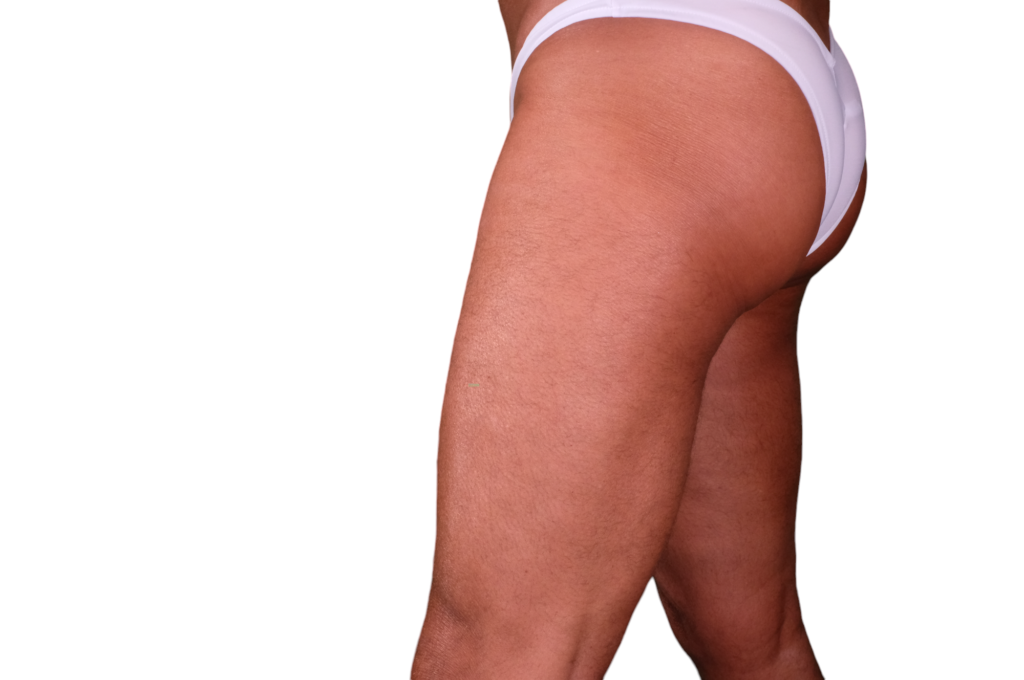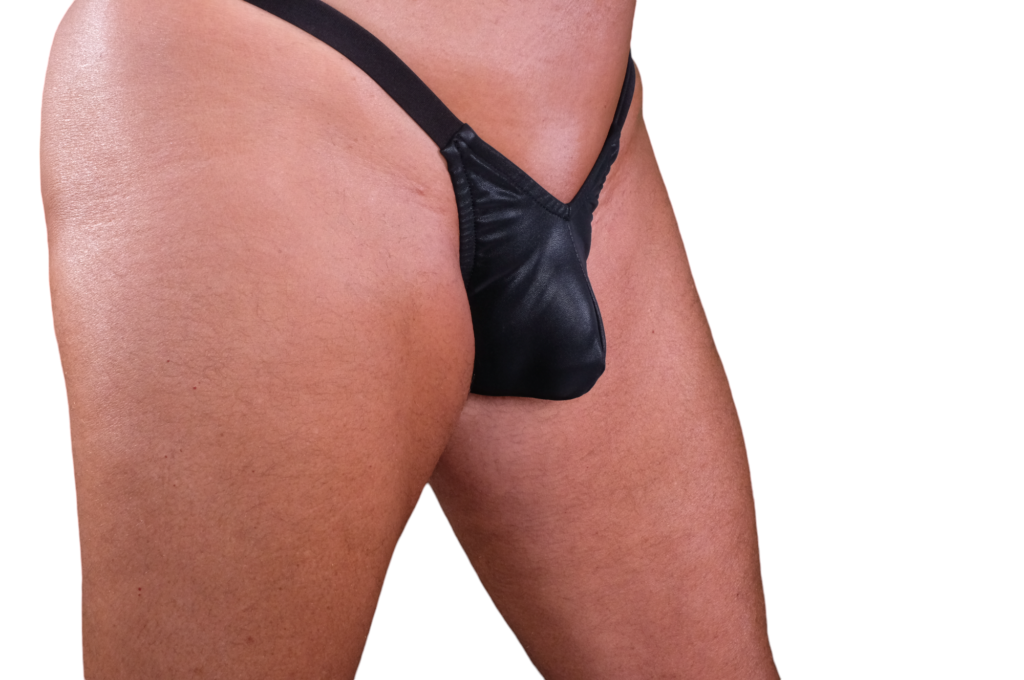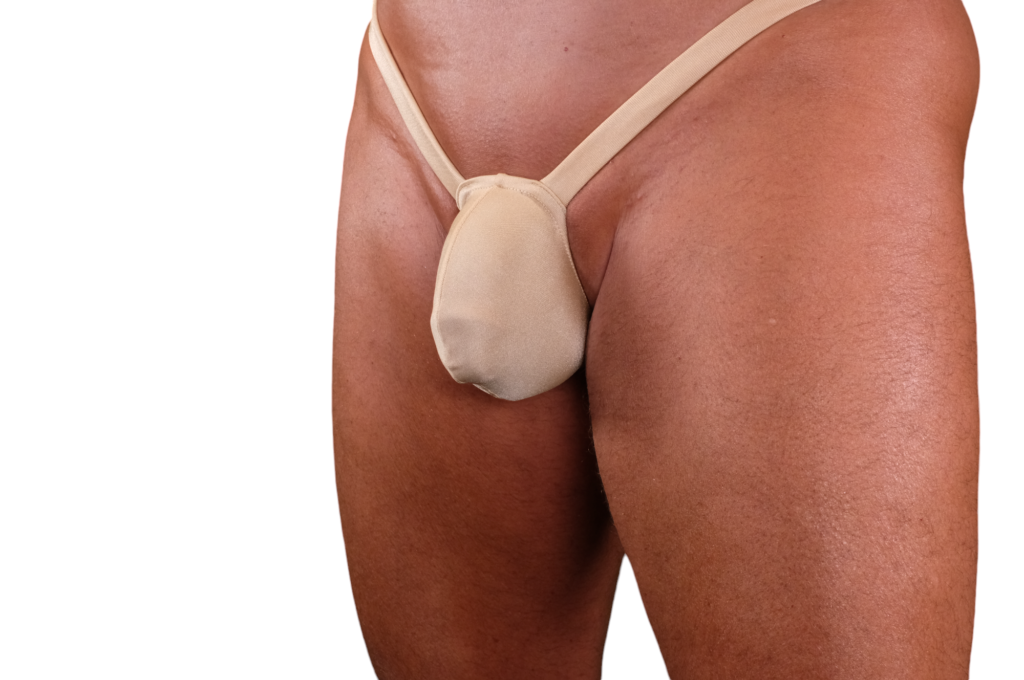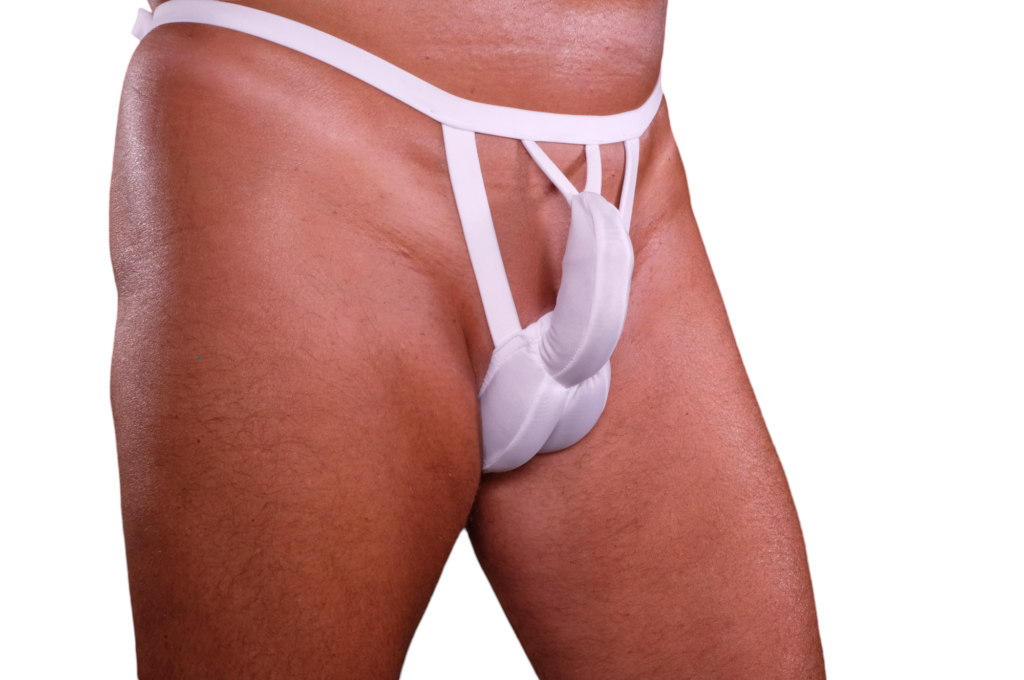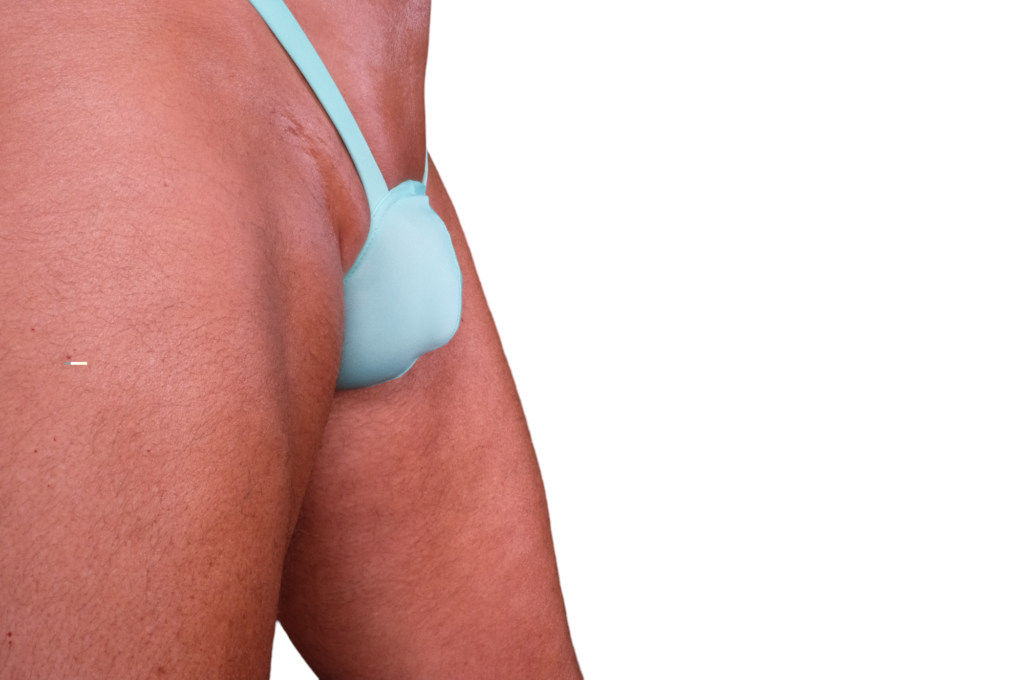“Pride at the Pool”
Julian had always known. From the way his eyes lingered a little longer on the boys in the locker room to how his heart fluttered at the sight of shimmering swimwear in boutique windows. But it wasn’t until he moved into his own apartment—away from his small hometown and the suffocating expectations of “normalcy”—that he decided he was done hiding.
His coming out wasn’t subtle. It wasn’t just a conversation—it was a performance. Rainbow lights, glitter, and a custom crop top that read “Finally Me”. His friends screamed, clapped, kissed him on the cheeks, and begged him to go all out for his first Pride beach party.
Julian had one thing on his mind: the swimsuit.
He spent hours browsing the most daring, flamboyant, fabulous gay swimwear brands until he stumbled on a micro thong bikini that shimmered in iridescent pinks and purples—cut so low and so tiny it was barely legal. He ordered it immediately, along with a matching sheer sarong and gold body glitter.
The day of the party, he shaved smooth, lotioned every inch of his body, and applied the glitter like he was preparing for a drag show under the sun. When he slipped the bikini on, it hugged his femme curves, barely covering anything, the string riding high on his hips, the pouch up front molded tight and proud. The sarong flowed behind him like a sash of confidence.
At the beach, he didn’t walk—he strutted. Heads turned. Men bit their lips. Women smiled knowingly. His tight little gay swimsuit left nothing to the imagination, and that was exactly the point.
He passed groups of guys playing volleyball, sunbathers in Speedos and thongs, and every now and then a bold one would whistle or call out, “Damn, boy! That suit’s illegal in seven states!”
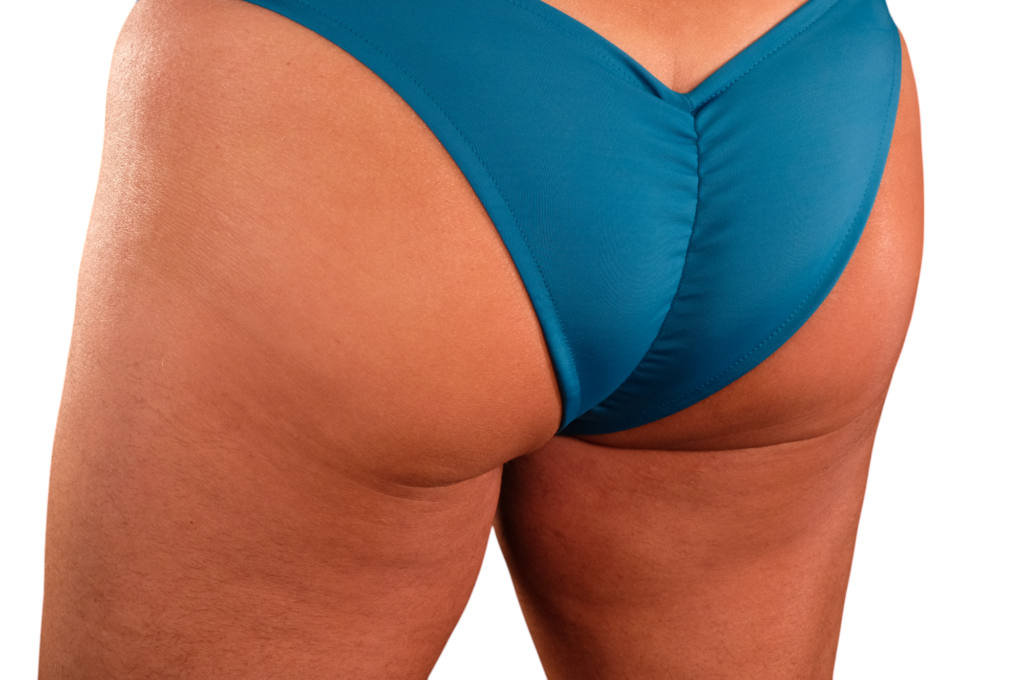
Julian winked. “Then good thing I live in this one.”
When he dipped into the water, the fabric clung even tighter to his smooth, femme form. He emerged like a fantasy—wet, glistening, and undeniably gay. A few guys from the party swam over, flirtation thick in their smiles.
Later, lying on a towel, half the party gathered around him, admiring his confidence, his body, and the way he pulled off a bikini that even most women would hesitate to wear. One particularly bold guy—tall, sculpted, and wearing nothing but a metallic silver pouch—leaned in close and whispered, “You wear that like it was made for seduction.”
Julian smiled slyly. “That’s because it was.”
Their lips met under the sun, with the sounds of waves and party beats in the distance. His femme, proud, barely-there bikini was more than just a swimsuit—it was a statement. Julian had arrived, and he wasn’t going back.
Now every beach, every pool party, every rooftop soak—he wore less, flaunted more, and loved louder.
“Pride at the Pool: After Dark”
The sun had just dipped below the horizon, casting a golden afterglow over the waves. Julian’s bikini, still damp from his late swim, clung like a second skin—its shimmering fabric reflecting the lights of the rooftop Pride afterparty like tiny stars on his hips.
He sauntered in wrapped in nothing but that sheer sarong, hips swaying, his toned legs glowing under the soft lights strung across the deck. The party had moved from the sand to the sky—a rooftop pool with glass walls, pulsing house music, and shirtless men dripping in sweat, glitter, and desire.
As Julian entered, all eyes were on him. His micro bikini was so small, so scandalous, even in this crowd of liberated, beautiful men, he still stood out. A bold V in the front that hugged his soft bulge like it was painted on. In the back? A narrow string splitting his cheeks, each step a sultry bounce. He owned the room.
The tall, silver-pouch guy from earlier—Dante, he’d learned—was already poolside with a drink in one hand and a wicked smirk playing on his lips. Julian approached, hips rolling like a wave, and leaned in close, pressing their bodies together as he whispered, “Still think my bikini’s made for seduction?”
Dante didn’t answer. He just gripped Julian’s waist, fingers finding the edge of that impossibly small pouch, and pulled him in for another deep, electric kiss.
The music pulsed. Their bodies swayed. People danced, drank, flirted—but Julian and Dante were in their own little storm. Julian’s body glowed with heat, his skin tasting of salt and citrus. Dante led him toward a cabana lounge just off the main deck, half-shielded by white curtains fluttering in the breeze.
Inside, it was shadowed and intimate. Julian slid into Dante’s lap, his bikini rubbing deliciously against the hard press beneath Dante’s pouch. Their lips never stopped, mouths hot and hungry, hands exploring every curve of each other’s barely-clothed bodies.
Julian moaned into his mouth. “You like femme boys in slutty little swimsuits?” he teased, grinding slowly, his bikini leaving little to the imagination.
“I love them,” Dante growled. “Especially ones who look like they were made to be admired… and devoured.”
Julian laughed, low and breathy, arching into his touch. “Then you’re in for a very long night.”
The curtains swayed, the music thumped, and outside, the party roared on. But inside that cabana, Julian celebrated in his own way—one kiss, one grind, one glitter-smeared gasp at a time.
He had come out, come alive, and tonight… he was coming for everything he’d been denied.
Would you like to see how Julian’s new femme swimsuit lifestyle spreads through his friend group next?

